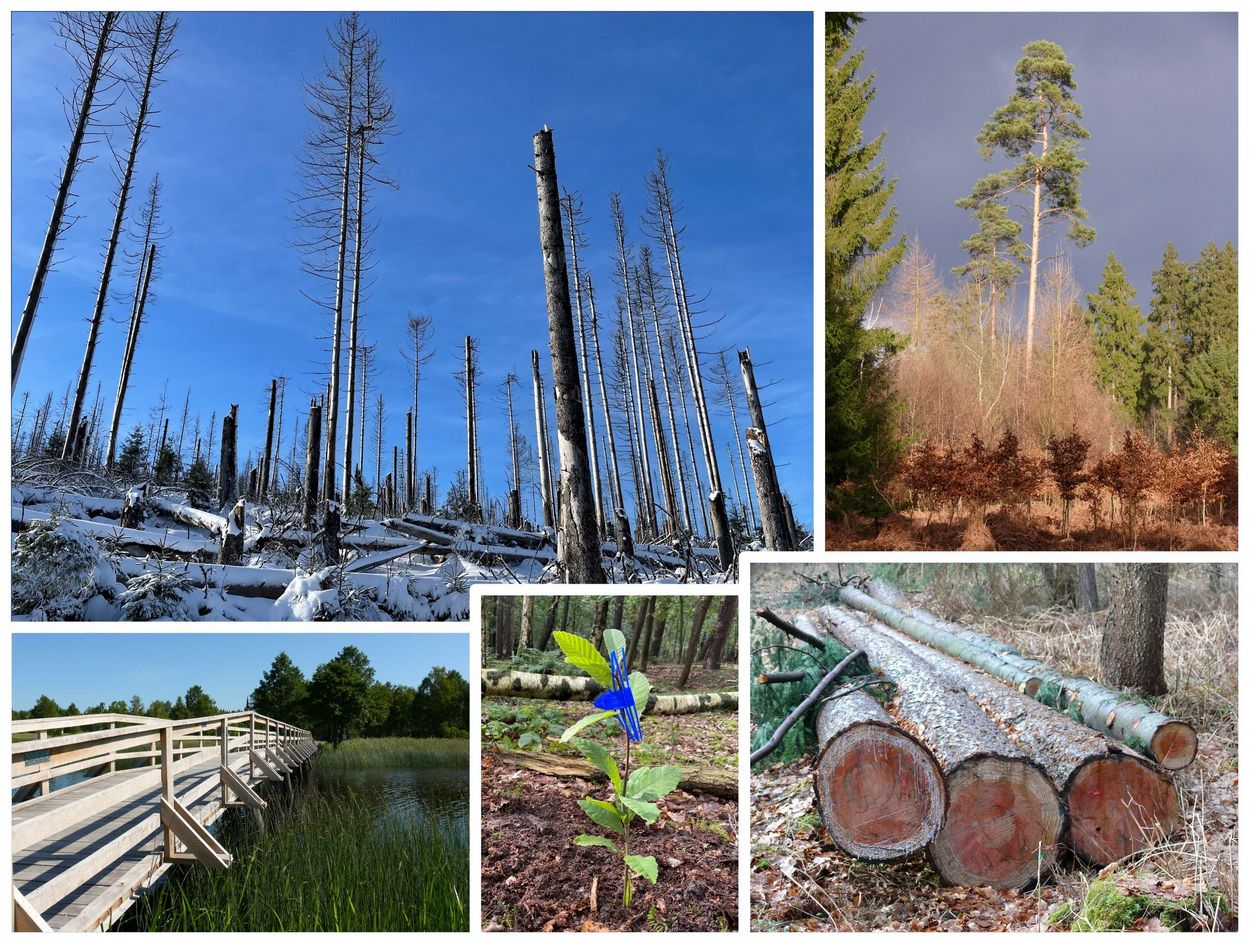Global warming and its impact on the climate system pose a serious threat, particularly to the forestry industry. The challenge is to adapt forests to changing climatic conditions and strengthen their resilience to future conditions. The assessment
of the suitability of tree species for cultivation primarily considers growth site suitability, drought stress and frost tolerance, and susceptibility to harmful organisms. The current focus lies on native species, supplemented by non-native species in areas of increased climate risk, but less on the biological durability of the wood that can be produced with the species. As a result, only a few tree species that are characterized by their durable wood are involved in current forest transformation. These are primarily oak species, Douglas fir, sweet chestnut and cedar. In purely silvicultural terms, additional species, including durable ones, could theoretically be incorporated.
Contact:
Link to Journal:
Durable climate change winners – new tree and wood species for outdoor use









